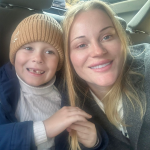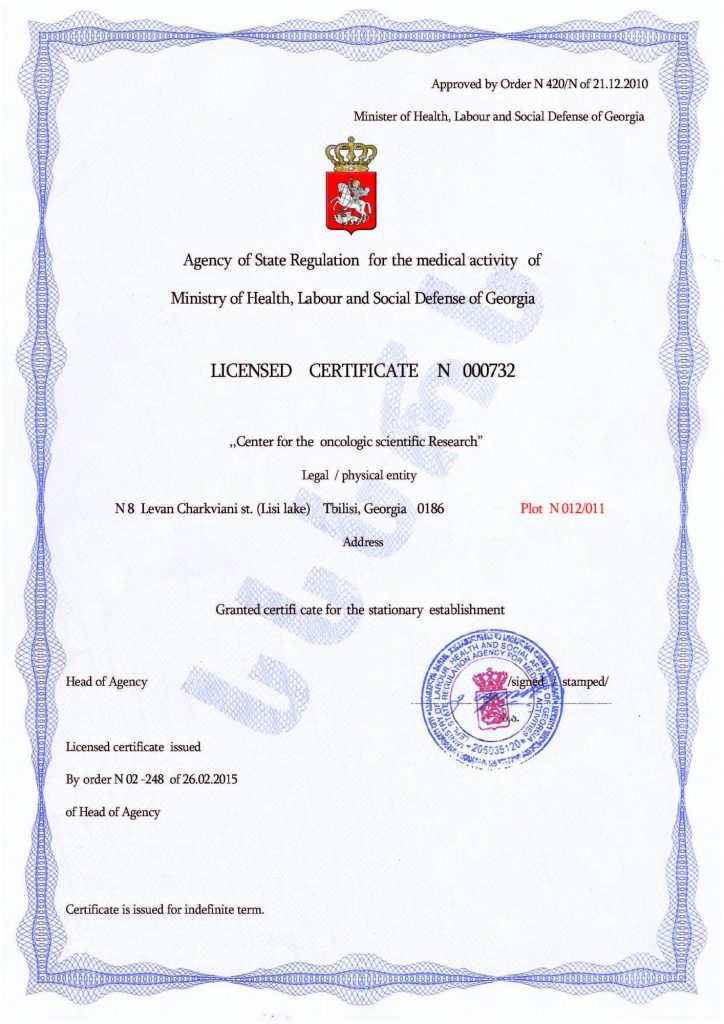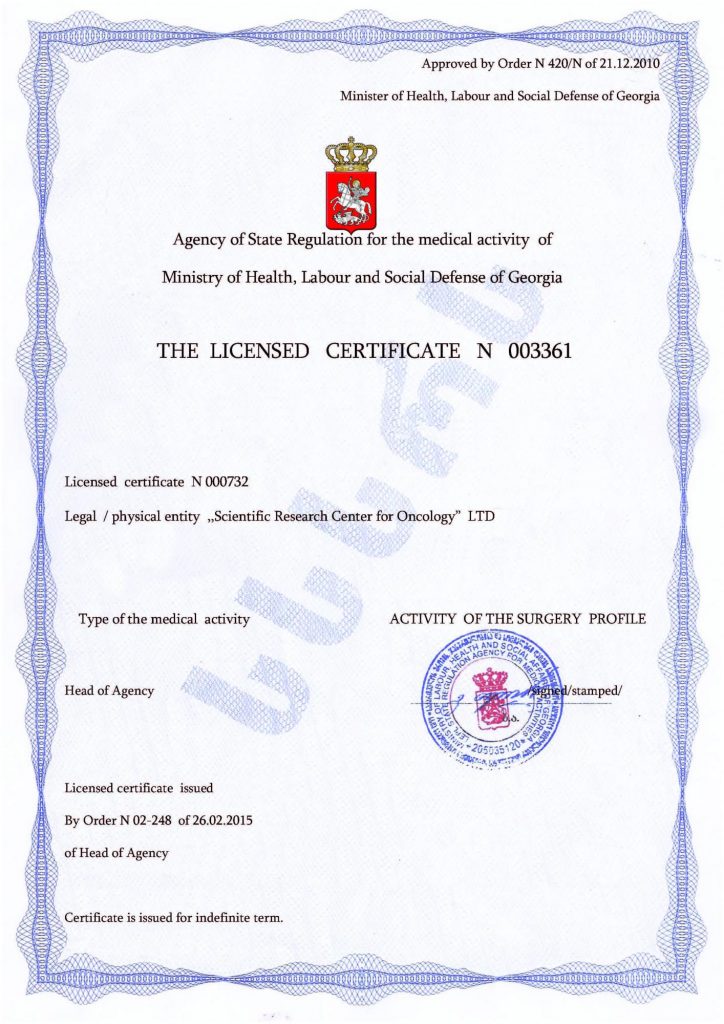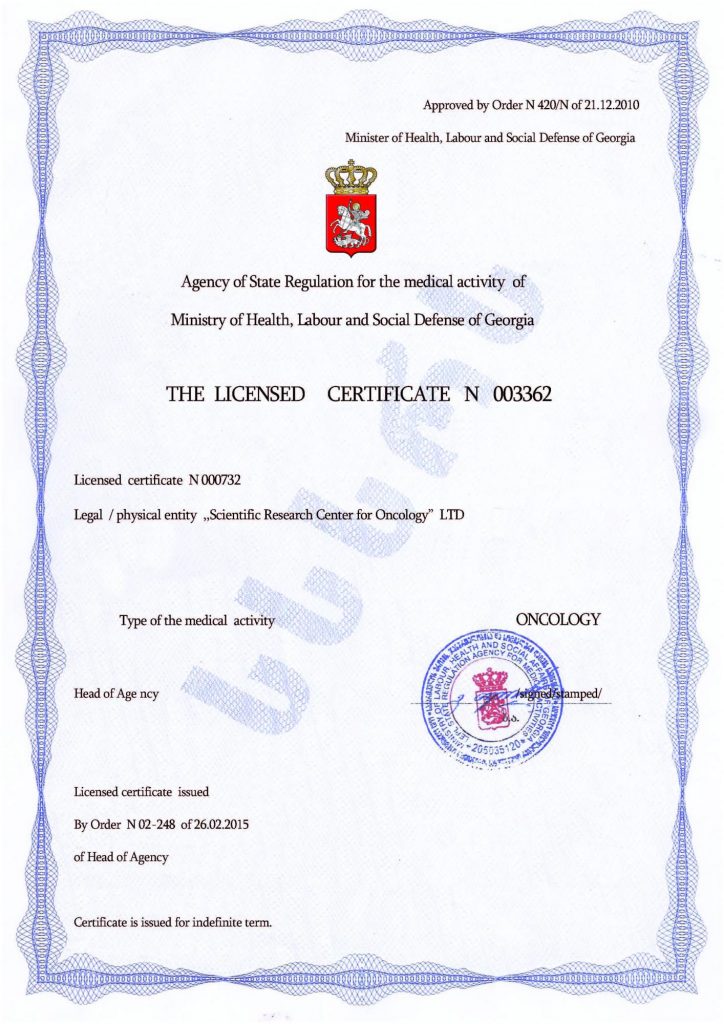Features of Puberty in Children with Autism
Puberty in a child is a normal physiological process during which they experience changes in their physical and psycho-emotional state due to the effects of hormones. The onset of puberty can begin at 8-11 years for girls and 10-11 years for boys, and typically ends by 16-18 years for girls and 19-20 years for boys. For children with ASD, the puberty period may be accompanied by an exacerbation of autistic symptoms. This period will also be difficult for parents, so it is essential to introduce methods to help the child overcome aggressive behavior.
Difficulties Faced by Autistic Children During Puberty
Exacerbation of Sensory Sensitivity:
An autistic child, who is prone to heightened sensitivity to stimuli, may experience sensory overload more frequently and intensely.
Increased Anxiety and Stress:
Under the influence of hormones, children with ASD often feel anxiety, experience fear, and have panic attacks. Additionally, due to stressful factors, they are prone to intense aggression, which is primarily directed towards those closest to them.
Communication Problems:
For children with limited verbal skills, the ability to communicate and socially engage becomes significantly more difficult. During puberty and stress, an autistic teenager needs communication and support, but due to speech problems, they may not receive the necessary help. As a result, this leads to aggression, isolation, and depression.
Social Isolation:
While autistic children may make friends more easily at a younger age, social difficulties become more noticeable during adolescence. As a result of misunderstandings, a child with ASD risks becoming socially isolated and suffering even more because of it.
Lack of Emotional Self-Regulation:
During puberty, children are highly susceptible to mood swings and emotions, which significantly affect behavior. For children with spectrum disorders, these “emotional swings” can be more pronounced.
How to Help Children with Autism Navigate Puberty?
Aggression, inappropriate actions, depressive states, and prominent manifestations of autism spectrum disorders are just some of the challenges faced by a child and their parents during this time. However, the effects of puberty can be mitigated by creating an atmosphere of understanding and support within the family.
5 Rules for Preventing Aggressive Outbursts in Autistic Children:
Rule #1: Informational Support.
At the first signs of puberty, parents should engage in discussions and explain the changes taking place in accessible forms. Use videos, books, and images to explain hygiene, relationships between genders, contraception, ethical norms, etc. It is unacceptable for the child with autism to receive this information from outsiders.
Rule #2: Personal Space.
It is essential to provide the child with personal space where they can always retreat. In case of aggressive outbursts, tension, or sensory overload, teach the child to retreat and practice self-relaxation.
Rule #3: Reduce Sensory Load.
If sensory stimuli are irritating, try to minimize the sensory impact as much as possible.
Rule #4: Support and Trust.
No matter how unbearable the child’s behavior may seem during this period, it is important to remember that they remain very vulnerable and cannot cope with their problems alone. Do not force communication, but maintain a trusting relationship and be ready to offer help.
Rule #5: Maintain Routines.
Keeping the child’s daily life and rituals consistent, as well as involving them in household duties, will create a sense of stability and calm the autistic child.
Early Intervention in Autism Helps Prevent Pubertal Crisis
Stem cell therapy for ASD can significantly improve the child’s quality of life and reduce autism symptoms in daily life. The Mardaleishvili Medical Center in Georgia has extensive experience in autism intervention.
Find out how to help your child!
Autism Treatment Center Videos
Autism treatment with own stem cells
Cord blood association congress
International Quality Crown
Autism Treatment Reviews
Autism treatment with own stem cells
The story of Alessandro (6 years old)
Autism Patient Testimonial - Stem Cell Treatment
Clients Testimonials

Review by Anastasia, mother of Yusup (8 years old) Read More

Feedback from Nathalie, mother of Andre (9 years old) Read More

Feedback from Yulia, mother of Emily (7 years old) Read More

Feedback by Everita, Katrina’s mother (5 years old) Read More

Feedback from Igor, David’s father (12 years old) Read More












